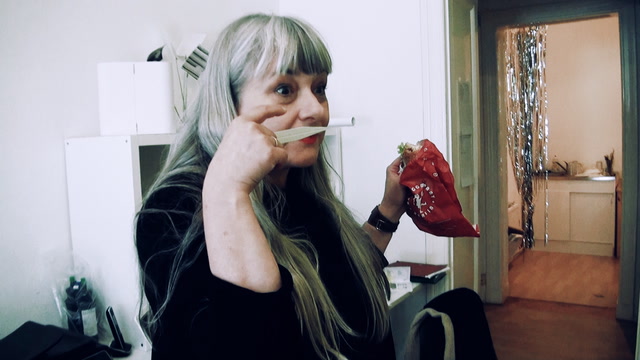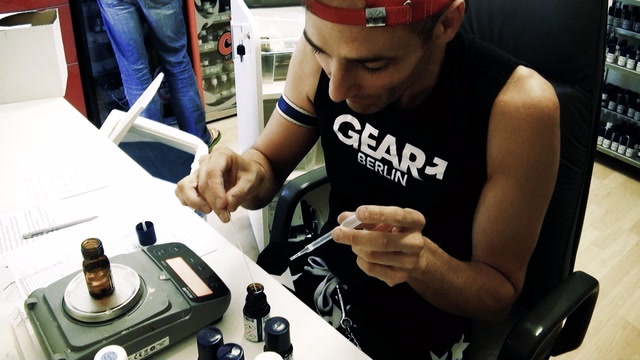Step by step
6:01
There is more than meets the eye
At its core, the practice of perfumery has not changed very much since Renaissance times. The process can be described along a sequence of clearly defined steps: The perfumer starts with some vague ideas which are evoked by certain olfactory ingredients. Thereafter, this rather open process is narrowed down to a precise formula determining the perfume composition in quantitative terms - how much of each material is needed to achieve the ideal balance. Accordingly, the formula is precisely weighed in the laboratory. Each step is accurately documented on a spreadsheet. Using paper strips the perfumer smells and evaluates the scent. Alternative variations are analyzed. The formula is then modified based on detailed analysis. This sequence of steps is repeated until the olfactory experience meets the expectations of the perfumer: Calculating the formula, weighing, evaluating & analyzing.
Nobel laureate Herbert Simon once analyzed how in oil painting every new spot of pigment laid on the canvas creates some kind of pattern that provides a continuing source of new ideas to the painter. Hence, the painting process unfolds as a process of cyclical interaction between the painter and canvas in which current goals lead to new applications of paint, while the gradually changing pattern suggests new goals. In the case of scent development, the cyclical interaction involves the competent use of additional objects (e.g. the formula). However, the practice of perfumery cannot be reduced to this technical dimension. Instead, it is also a meaning and sense-making activity. «To become a perfumer you don’t learn to smell like one – you learn to think like one», Avery Gilbert once noticed. This clip provides a quick primer on this practice.

















